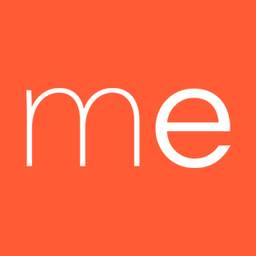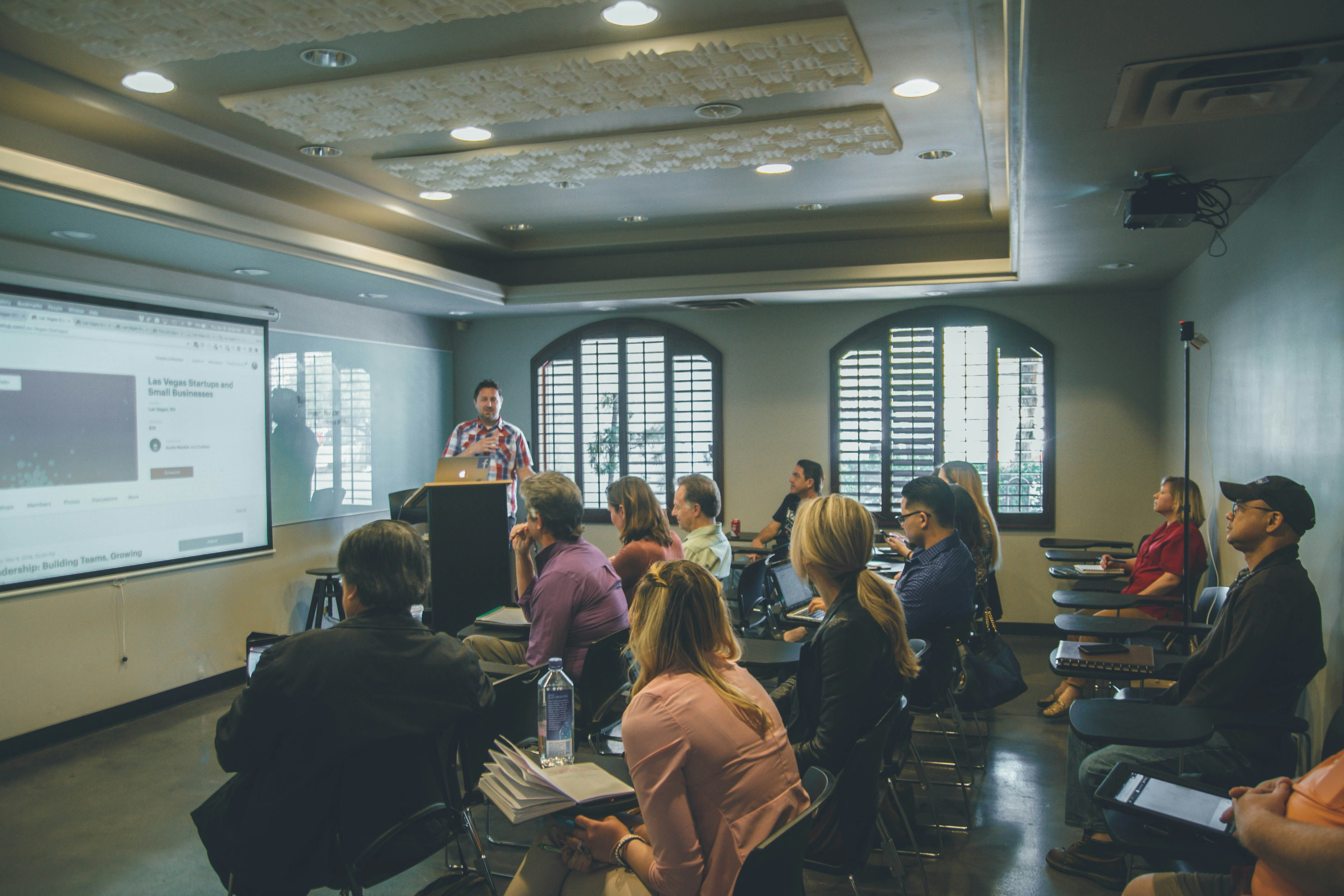Constructivist Learning: Building the Skills for Success
In the world of education, the theory of constructivism follows a simple axiom: knowledge is not passively absorbed—it is constructed, piece by piece, from previously gained knowledge. This means students and learners cannot be passive in their own education; they must be active participants.
Principles of Constructivism
To better understand constructivism, there are four essential principles to build on.
• Knowledge is constructed. This is the first, fundamental principle. As students begin to learn, they build on their previous life experiences, beliefs, and accumulated learning. This means no two learners start in the same place, nor will their final construction look the same. Consider knowledge to be a Lego set: each piece builds on another to make a larger whole.
• Learning is active. The constructivist theory moves away from lecture-based learning scenarios. Instead, the constructivist method insists that students learn by doing. This can be as simple as discussions and readings and can grow to include projects and activities. As with the Lego set, being told how to create a design is not enough; students must put the pieces together themselves.
• People learn to learn through learning. If a student is actively writing a book report, the learning outcome is not isolated to the recitation of facts; the process of writing a report teaches grammar, writing, analysis, and more. The act of learning builds on previously obtained knowledge while also increasing practice and understanding of related skills. A student who learns the basics of physics also begins to understand the world around them.
• Learning is contextual. Learning is built on experience: children learn to talk by being surrounded by and immersed in language. They do not learn words in isolation but through the meanings associated in daily life. All knowledge is like this. What we learn is connected to what we already understand.
Application of Constructivism
For an educator trying to enable student success via constructivism, application means giving the student the opportunity to actively engage and build on the foundational knowledge they already have. How can an instructor do this?
There are three types of learning that, together, provide a comprehensive learning process.
• Cooperative Learning: Cooperative learning is a sub-section of traditional group work. Often, in group work, sections of a project are parceled off to separate group members and handled in parts. Cooperative learning focuses on students working together on each element, combining and applying thoughts, ideas, and understanding to a singular task to provide the opportunity for individual learners to understand the whole.
• Inquiry-Based Learning: In inquiry-based learning the instructor often provides base knowledge, but deeper knowledge is obtained by the student. Inquiry-based learning often starts with a student’s own interests and questions. The student performs their own research and observation to answer the questions they have. The instructor can then serve as a receptive audience, allowing for the student to state their conclusions. The instructor can help the student in places where their understanding is incomplete and can provide resources for further study, but the student’s own questions drive learning.
• Problem-Based Learning: Problem-based learning follows similar principles as inquiry-based learning, in which much of the impetus comes from the student. It also often incorporates cooperative learning. Problem-based learning, however, involves the instructor providing students with an actual problem and allowing students to work together to arrive at a solution based on their own research and observation.
“The road to success is always under construction,” or so says Lily Tomlin; this is a maxim that underlies the importance and value of constructivist learning. Constructivist learning is a constant process, one that does not end when the student leaves school. As stated earlier, people learn to learn through learning. This is a skill that students can apply throughout the rest of their lives, but the principles and practice should be started in the classroom.
Sources
2023. “Constructivism in Education: What Is Constructivism? | NU.” National University. August 14, 2023. https://www.nu.edu/blog/what-is-constructivism-in-education.
McLeod, Saul. 2024. “Constructivism Learning Theory & Philosophy of Education.” Simply Psychology. February 1, 2024. https://www.simplypsychology.org/constructivism.html.
University of Buffalo. 2024. “Constructivism.” University at Buffalo (UB) Office of Curriculum, Assessment and Teaching Transformation. University of Buffalo. 2024. https://www.buffalo.edu/catt/teach/develop/theory/constructivism.html
Western Governors University. 2020. “What Is Constructivism?” Western Governors University. 2020. https://www.wgu.edu/blog/what-constructivism2005.html.








